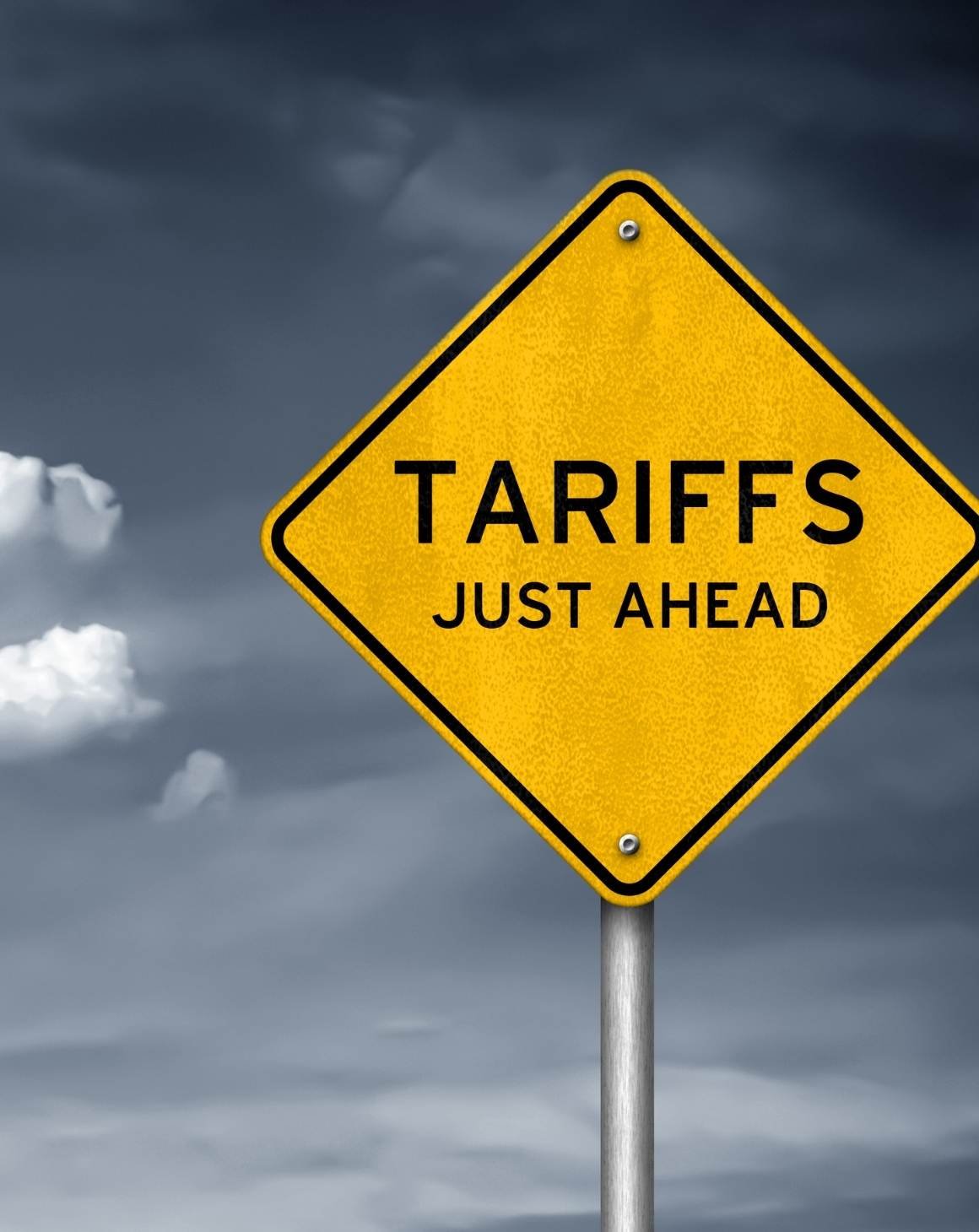When it comes to tracking your digital advertising efforts, there’s usually one metric to rule them all — ROAS. However, there’s another metric we should be focusing on. Meet MER, or Marketing Efficiency Ratio. More and more businesses are beginning to use MER to gauge success, but what is MER? And what’s the difference between MER and ROAS? When should you use MER?
We’re sharing all the details you need to know about MER.
What is MER: MER Meaning and Definition
Marketing Efficiency Ratio, or MER, is a metric that allows you to see the impact of how all marketing channels are working together. Rather than just calculating based on the direct revenue associated with your ad campaign, you calculate based on total company revenue. This allows you to take the halo effect into account.
If you’re advertising on Amazon, maybe this comparison will help: MER is the equivalent to TACoS on Amazon.
MER vs. ROAS
If you’re wondering what the difference is between MER and ROAS, don’t worry — you’re not alone. Both metrics have a similar calculation, with a few key differences:
ROAS Calculation
ROAS = Ad revenue / Ad spend
Traditionally, ROAS looks at ad spend and revenue from a 1:1 level, regardless of if you're spending money on a display awareness campaign or a conversion-focused retargeting campaign on Facebook. This has led to hasty decisions to pause campaigns and can also stunt growth before it happens. Pair that with IDFA updates, cookie loss, and the dreaded IOS14 update, you're dealing with a recipe for measurement disaster.
ROAS is still useful for calculating individual campaign performance comparatively, but not effective for comparing the businesses growth efficiency historically (pre-IOS14 and when more data was available for advertising platforms). For a more holistic view of your business, MER is the better metric.
MER Calculation
The Marketing Expense Ratio (MER) is calculated by dividing the total revenue generated by a company by its total marketing or advertising expenses. The formula for MER is:
MER = Total revenue / Total ad spend
In this calculation:
- Total Revenue: This refers to the overall income or sales a company earns within a specific period.
- Total Marketing Expenses: This includes all costs associated with marketing efforts, such as advertising campaigns, promotional activities, market research, and other marketing-related expenditures incurred by the company during the same period.
The resulting MER indicates how much revenue the company earns for every unit of currency spent on marketing. A higher MER value suggests greater efficiency in marketing spending, as it indicates that the company generates more revenue for each dollar spent on marketing activities. Conversely, a lower MER may signal a need to evaluate or optimize marketing strategies to improve their effectiveness in generating revenue.
When to Use MER and When to Use ROAS
If you’re responsible for presenting data to show the success of your marketing efforts, you will likely use both MER and ROAS for different scenarios. MER is best used when looking at your overall marketing efforts across all channels — Google, Facebook, Instagram, etc. However, if you’d like to report on the results of a specific campaign, ROAS will be the best choice.
An Example Scenario
Let’s give an example of how you would use MER in reporting the results of your marketing efforts.
Let’s say you ran a Pinterest campaign for your brand’s newest product. Pinterest campaigns typically take 30 days to ramp up depending on your budget size, so your ROAS on Pinterest is likely low during this initial period.
However, over the course of those four weeks, those ads are driving new users to your site, who are then…
- retargeted on Facebook
- look for a review of your product on Amazon by clicking on a Sponsored Product Ad
- search your brand and click on a Google ad
- purchase from your website
When they eventually convert, every channel gets credit thanks to MER. So, even though their initial exposure was on Pinterest and their last click was from a Google ad, every channel gets credit for contributing to the purchase.
Why Should I Use MER?
As eCommerce (and commerce in general) becomes much more holistic, it’s important to have a metric that reflects that. The customer journey is no longer linear, so you need a metric that takes into account all touchpoints your customer may have had before making a purchase.
MER looks at total site revenue and total digital spend (or all spend, if applicable). The goal is to be above a certain MER, just like with ROAS.
What is a Good MER?
The assessment of what constitutes a "good" Marketing Expense Ratio (MER) can vary based on industry norms, company goals, and specific business circumstances. However, generally speaking:
- Industry Benchmarking: Comparing your MER to industry averages or benchmarks within your sector can provide a reference point. Different industries might have varying expectations for MER due to factors like competition, market dynamics, and product/service types.
- Efficiency and Effectiveness: A higher MER isn't always indicative of success, nor is a lower MER always a cause for concern. The context matters – a lower MER might be acceptable if it leads to substantial revenue growth, while a higher MER might not be desirable if it indicates underinvestment in marketing efforts.
- Trend Analysis: Monitoring the trend of your MER over time is crucial. Consistently decreasing or stable MER might suggest improved marketing efficiency, whereas a steadily increasing MER could indicate diminishing returns or inefficiencies.
- Return on Investment (ROI): Consider the relationship between MER and Return on Investment (ROI) from marketing efforts. If a higher MER is associated with a proportionately higher ROI, it might be acceptable. The focus should be on whether the marketing spend generates a satisfactory return.
- Contextual Factors: Business context matters – a startup might have a higher MER during initial phases due to higher initial marketing investments, while an established company might have a lower MER due to optimized marketing strategies.
Ultimately, a "good" MER depends on the specific goals, industry dynamics, and the company's unique circumstances. It's essential to evaluate MER in conjunction with other performance metrics, such as revenue growth, profitability, and the overall effectiveness of marketing strategies, to determine its appropriateness for your business.
Importance of MER in Financial Forecasting and Planning
In financial forecasting and planning, the Marketing Expense Ratio (MER) plays a significant role in assessing the efficiency and effectiveness of marketing strategies within a company. Here's how MER works in this context:
- Budget Allocation: MER helps in allocating budgets for marketing activities. By analyzing historical MER data and expected revenue, companies can determine appropriate budgetary allocations for marketing campaigns. A higher expected return from marketing spending, as indicated by a favorable MER, may justify a larger budget for marketing initiatives.
- Performance Evaluation: MER serves as a performance indicator for marketing efforts. Monitoring changes in the MER over time helps evaluate the success and efficiency of marketing strategies. A decreasing MER over time may indicate improved marketing efficiency, suggesting that the company is generating more revenue per unit of currency spent on marketing activities. Conversely, if the MER increases or remains consistently high, it might indicate diminishing returns or inefficiencies in marketing spend.
- Forecasting Revenue: MER aids in forecasting revenue based on anticipated marketing expenditures. By using historical MER data and planned marketing expenses, companies can project potential revenue. This forecasting assists in setting achievable revenue targets aligned with planned marketing budgets.
- Optimizing Marketing Strategies: Understanding the impact of marketing spending through MER analysis allows companies to optimize their marketing strategies. It helps identify which marketing channels or campaigns are most effective in generating revenue, enabling businesses to allocate resources to the most profitable marketing activities.
- Decision-Making: MER influences strategic decisions regarding marketing investments. A favorable MER encourages continued investment in successful marketing initiatives, while a less favorable ratio might prompt adjustments or reallocations of marketing budgets to improve efficiency.
Implementing MER Effectively in a Business Setting
To effectively implement the Marketing Efficiency Ratio (MER) within a business, a systematic approach to data management, metric selection, and result interpretation is essential.
Begin by systematically collecting comprehensive data covering all marketing activities, including ad spends, revenue from various channels, and related expenses. Organize this data systematically for clarity and accessibility, utilizing robust data management systems.
Select relevant metrics aligned with business objectives, such as customer acquisition cost (CAC), customer lifetime value (CLV), conversion rates, and attribution modeling. These metrics contribute to MER calculation.
Interpret the calculated MER alongside other performance indicators. Analyze trends, correlations, and anomalies to derive actionable insights that identify effective marketing channels and areas for improvement.
Use these insights to refine marketing strategies by reallocating resources to channels or campaigns with higher MERs and optimizing underperforming ones. Continuously monitor MER trends to adapt strategies dynamically.
Addressing Common Challenges or Misconceptions
Implementing MER may encounter challenges, such as the complexity of accurately attributing revenue to specific marketing efforts due to the multifaceted customer journey. Ensuring accurate and consistent data collection across various platforms is crucial to maintain MER accuracy.
Avoid interpretation biases by understanding MER's implications within a broader context. Misinterpreting results without considering contextual factors may lead to flawed decision-making.
Comparative benchmarking across industries or businesses with different models might not offer accurate benchmarks. Utilize industry-specific benchmarks or historical trends for more meaningful comparisons.
Navigating these challenges demands a comprehensive understanding of MER's complexities and the consideration of contextual factors influencing marketing effectiveness within a specific business environment.
If you find the complexity of MER confusing or need further explanation to implement accurate data analysis into your business, our team at Blue Wheel consists of experts ready to assist you. We offer professional guidance to navigate through MER intricacies and optimize your marketing strategies effectively. Reach out today to learn more about collaborating with our advertising and data-analytic team and enhancing your business performance!








.png)
.png)
